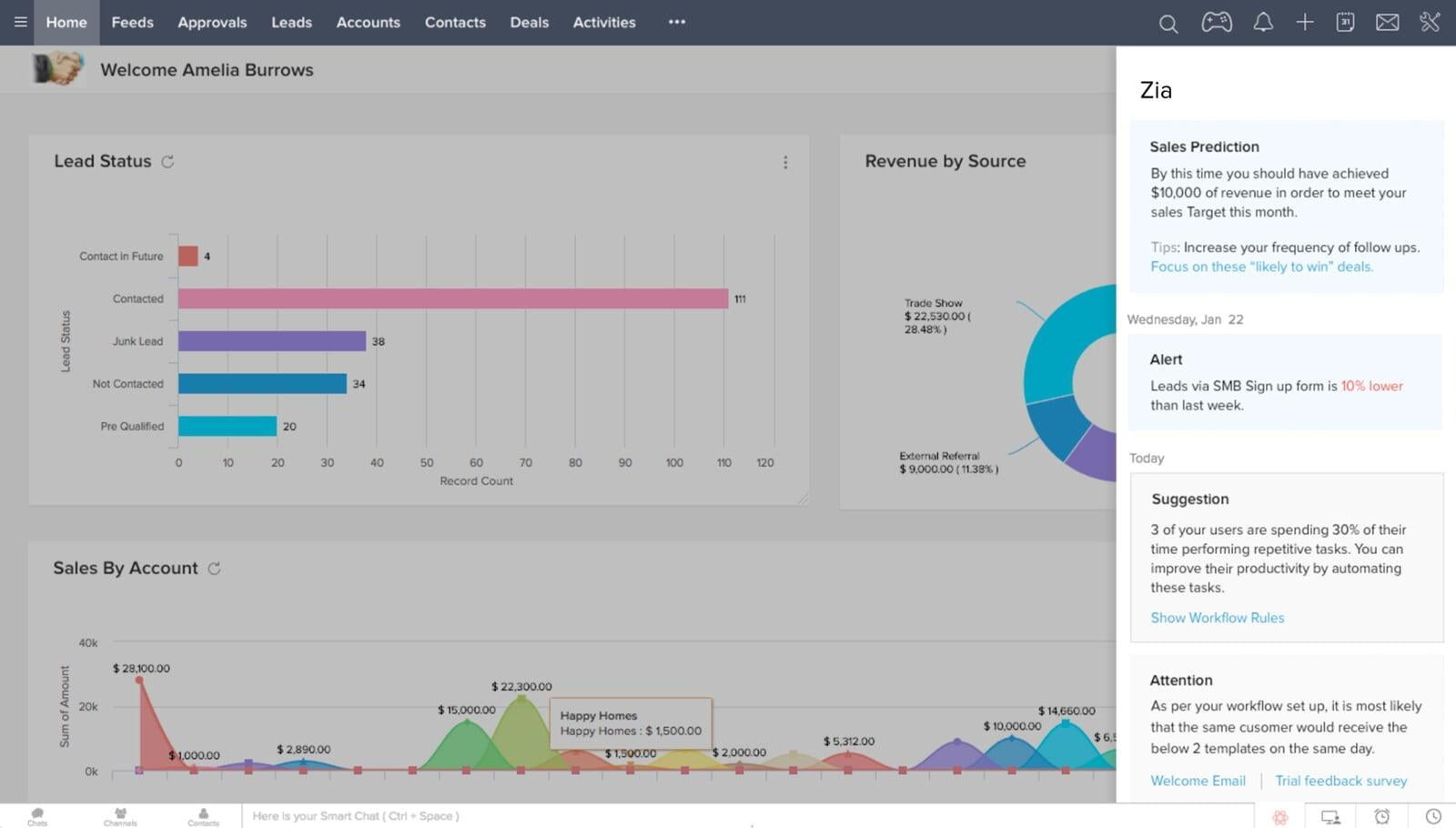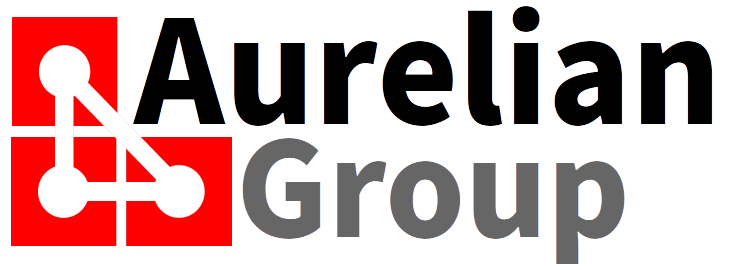CRM (Customer Relationship Management) Solutions have been around for over two decades (in one form or another - I started my journey in sales activity management (SAM) in 1996 - and the solutions have evolved significantly since that time). CRM may have evolved, a lot of the questions regarding how to get return on investment with a CRM are a variation on the same - will this CRM implementation lead to more (profitable) sales, or will it be abandoned shortly after implementation? Do these three things, and you are putting the odds of success in your favour.

1. Identify your processes
Sales is a process - but not all sales cycles follow the same process steps, or even have the same strategic nature. For example - repeat sales is a very different process than a solution sales process. What every process has in common is that they consist of steps leading towards an outcome - each step (represented as a sales stage) brings you closer to the sale (or to the disengage or qualify out, so you can focus on more promising opportunities). It is likely your organisation has multiple sales processes - identify these and categorise them according to the major groups, such as Solution Sales, Repeat/Renewal sales, Transactional Sales, etc. Note that relationship and transformatioal sales are overarching strategies for specific customers (account strategies), and apply to a portfolio of deals (opportunities). A good rule of thumb is that your sales representative should be in a position to easily identify the right process for the opportunity, and you should limit the number of processes per sales representative to a maximum of 2. Overall, you should not have more than 3 processes in your company or department (pending on the size and complexity of your business).
2. Use the sales stages to measure, (re)plan, and act
As described above, each sales process has a number of sales stages (steps), each of these leading you closer towards the sale or disengage. There are two important metrics associated with the stages: size of the opportunity in dollars (or your base currency), and the number of days in stage. These two metrics are compared with the averages for this process - the average deal size, the average number of days in each stage, and finally, the average number of deals progressing to the next stage. These are important metrics to predict your sales for the duration of your sales cycles (value of each deal in the stage times the percentage of deals moving to the next stage, over the remaining days of the sales cycle).
Measure the total set of deals, but manage the outliers with more scrutiny. For example - a few years ago, I was looking at the sales history report of a large deal, and after 100+ days in the stage "Qualify" (one of the first stages in the sales cycle), it skipped all the other stages (it was a solution sales process for complex sales) straight into close. I had a discussion with the sales manager on this, and we concluded that it posed a number of issues. First, because it was a deal for a services engagement, we were not able to predict when we needed the resources (inventory) to deliver. No resources, no invoice, so at the very least, it affected cash-flow forecasts and cash-flow management. Second, because the deal was of significant size, not dropping out of the "Qualify" stage, the marketing department never got the "signal" that the sales funnel was depleting (marketing's job is to fill the "Qualify" stage of the sales cycle).
The more accurate your quantitative data in the sales cycle, the more accurate you will be able to make predictions. And, if you have a CRM system that supports it (if your CRM system does not support it, you should look at other options), the application of AI (artificial intelligence) is dependent on accurate reflection of data for anomaly detection and deal closure prediction.

3. The power of context
Context is often omitted in CRM systems - yet it is essential for managing the outliers in your sales cycle. Context in a CRM is provided in various ways: an account plan (what do we want to achieve with this account), meeting plans and meeting notes. When I look to notes in the more challenged CRM implementations, there are either no notes at all, or notes that are irrelevant to any progress with the account or opportunity (for example "had coffee with Claire" is irrelevant. At best, this was a waste of Claire's time). Great qualitative data is dependent on three ingredients: preparation, frequency, and follow-up. Preparation pertains how you can help the customer, either as part of the transformative relationship, or in helping the customer make a decision that drives the deal into the next stage. Frequency is determined by the number of things you can do that genuinely help your contacts at the customer. If you have meetings where at conclusion you did not end up helping your contact, you either have not prepared well enough, or your frequency of meeting is too high. Follow-up is the actions that come out of the meeting, giving you the ticket to organise the next meeting. In a sales cycle, you do aim for customer actions to drive the stages through, but you should strive for actions that you can take as well - after all, the more value you add to your contacts at the customer, the more they want you to return - and the best way to guarantee your return is to buy from you.
These plans and notes are invaluable to the account managers and anyone else dealing with the account. From a sales management perspective, these notes give you a great insight into the outliers in your pipeline. The quantitative anomalies now have context, a reason for being outliers (whether it is a genuine differing sales cycle, or a case of poor sales execution will become immediately and blatantly evident from the quality of the notes).

Actions you can take today
Measuring your CRM investment for success is as simple as implementing the following three steps:
- Analyse your sales processes across the dimensions of product(set) and account (type) and set these processes up in your CRM with their respective sales stages
- Track key metrics and indicators such as weighted pipeline and stage progression against median, average, and target
- Identify the outliers in your process for quantitative analysis (perusing the notes, comparing against the progress stipulated in the plan)
How AI can assist you
First of all - if your CRM does not support the number of different sales stages as described above, you need to consider a change of system. However, even if you get the multiple stages out of the box, and you can easily visualise the relevant indicators, attach plans, take notes, etc. you probably need to take into account the volume of information, and the amount of time it takes to detect anomalies. This is where AI comes in. AI Anomaly detection can give you insights into where the outliers are before the consequences of these outliers are apparent in casual analysis. This allows you to adjust your plans of action, and maximise your chances of bringing in the deals.
Zoho CRM (enterprise plan and up) provides Zia for AI, giving you anomaly detection at a glance, as well as trend prediction, and revenue prediction (Zia will use the historical data as a reference to predict the progression of opportunities through the sales cycle, taking in other factors than just the deal stage).
Free trial Zoho CRM
Click the button below for your free trial of Zoho CRM. You can test drive the features of CRM at no cost and no risk to you - and we are more than happy to assist you, if required.
If you want to read more about successful CRM - read 5 Rules for a Successful CRM series linked below:
